Yii Framework: a powerful tool for professional PHP development
Yii high performance: tests and comparisons with other frameworks
Yii (short for “Yes It Is!”) is a high-performance PHP framework ideal for building modern web applications of any complexity. Its architecture, based on the MVC (Model-View-Controller) pattern, provides a clear separation of logic, data and presentation, which greatly simplifies code development and maintenance. The framework is especially popular due to its speed - in tests it consistently shows the best performance among its analogs.
The framework comes with a set of ready-made widgets and components (forms, grids, pagination), which speeds up the development of typical interface elements. Thanks to its detailed documentation and active community, Yii remains one of the best choices for professional PHP developers.
Pros of Yii
Yii stands out among PHP frameworks for its exceptional performance and optimized architecture. The framework demonstrates impressive query processing speed, which makes it an ideal choice for highly loaded projects. Built-in caching mechanisms of different levels significantly reduce the load on the server, and a well-thought-out system of working with databases via ActiveRecord provides both ease of development and high efficiency of query execution.
Security in Yii is implemented on a professional level using modern security practices. The framework automatically handles potential threats such as SQL injections, XSS attacks and CSRF vulnerabilities, saving developers from having to implement basic defense mechanisms manually. The RBAC (Role-Based Access Control) system provides flexible tools for access control, which is especially valuable in enterprise applications and systems with differentiated user rights.
One of the key advantages of Yii is its exceptional developer-friendliness. Gii's built-in code generator greatly speeds up the creation of generic components, and a sophisticated widget system simplifies the construction of user interfaces. The framework offers a harmonious balance between strict structure and flexibility, allowing both to follow best practices and to adapt the architecture to specific project requirements.
Yii has a well-developed ecosystem with many ready-made extensions that can be easily integrated via Composer. An active developer community and detailed documentation make the process of working with the framework comfortable even for beginners. At the same time, Yii remains a powerful tool for professional developers, offering all the necessary capabilities to create complex web applications of any scale.
Cons of Yii
Despite all the advantages, Yii has a number of features that can become disadvantages in certain usage scenarios. The framework has a rather high entry threshold for newcomers, especially for developers without experience with MVC architecture. The rigid project structure and many naming conventions take time to learn, which can slow down the start for novice PHP developers.
Yii is sometimes criticized for being overly complex in simple projects where its power goes unused. For small sites or lendings, the framework can be too heavy, as it requires more server resources than microframeworks. This is especially noticeable when working on shared-hosting sites with limited capacity.
Yii documentation, although detailed, does not always keep up with framework updates, which sometimes creates difficulties when working with new versions. Some components lack real-world examples, forcing developers to search for solutions on forums or third-party blogs. This is especially noticeable when implementing non-standard tasks.
The Yii ecosystem, though developed, is inferior to such frameworks as Laravel in terms of ready-made solutions. Some modern web technologies and approaches are implemented in Yii with a delay, which may require independent implementation of the necessary functionality. In addition, a strict binding to certain PHP versions sometimes limits the ability to use the latest language features.
Yii-Framework Summary
Yii should be chosen for complex, high-loaded projects where performance and security are critical. This framework is ideal for enterprise solutions: CRM-systems, ERP-platforms, analytical dashboards and other resource-intensive applications. Its architecture with well-thought-out code organization is especially good for long-term projects with a large team of developers, where it is important to maintain uniform standards. Built-in caching mechanisms and optimized work with databases make Yii an excellent choice for services with high traffic.
However, for small projects such as web pages or simple blogs, Yii may be a redundant solution. In such cases, it is better to consider microframeworks (Slim, Lumen) or simpler tools. If the project requires rapid prototyping or is built around modern API integrations, Laravel with its rich ecosystem of packages may be worth considering. Yii does not always keep up with trends, so it is not always optimal for experimental projects using the latest web technologies.
When choosing Yii, it is important to consider the availability of qualified developers - the framework requires specific knowledge and experience. For startups with limited resources, training a team for Yii may be a waste of time. However, for enterprise solutions with a long lifecycle, the investment in learning Yii is fully paid off due to the stability, security, and excellent performance that the framework offers.
Yii 2 - a complete guide to the framework
- Details
- Parent Category: The Definitive Guide to Yii 2.0
- Category: Handling Requests
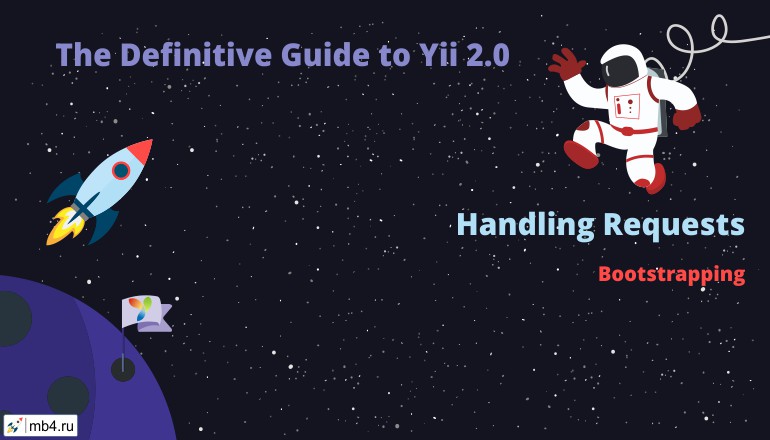
- Details
- Parent Category: The Definitive Guide to Yii 2.0
- Category: Application Structure

- Details
- Parent Category: The Definitive Guide to Yii 2.0
- Category: Application Structure
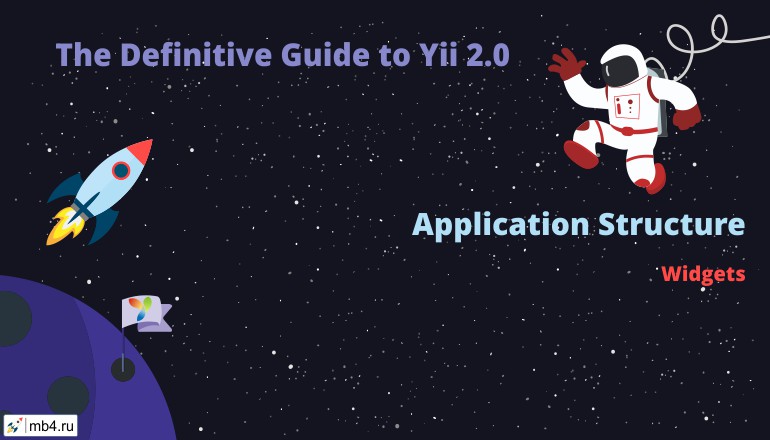
- Details
- Parent Category: The Definitive Guide to Yii 2.0
- Category: Application Structure
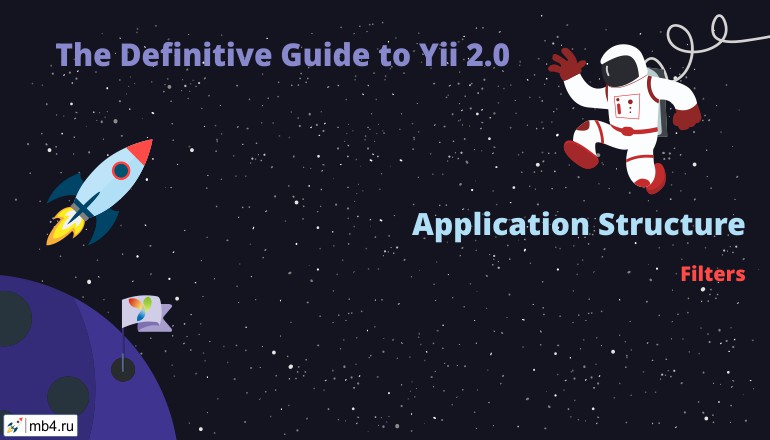
- Details
- Parent Category: The Definitive Guide to Yii 2.0
- Category: Application Structure
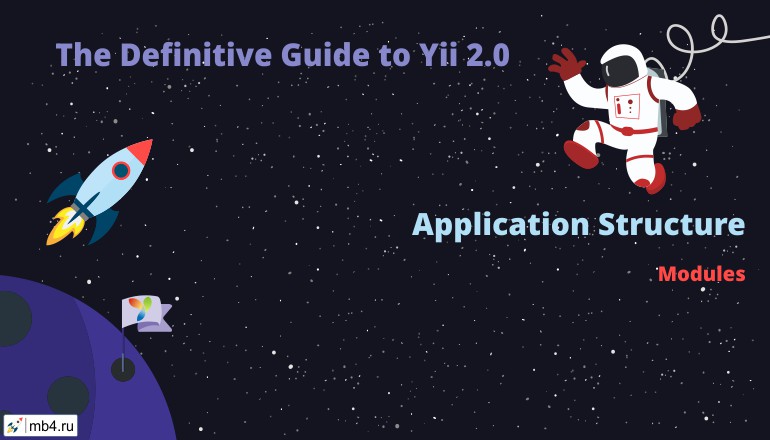
- Details
- Parent Category: The Definitive Guide to Yii 2.0
- Category: Application Structure

- Details
- Parent Category: The Definitive Guide to Yii 2.0
- Category: Application Structure

- Details
- Parent Category: The Definitive Guide to Yii 2.0
- Category: Application Structure
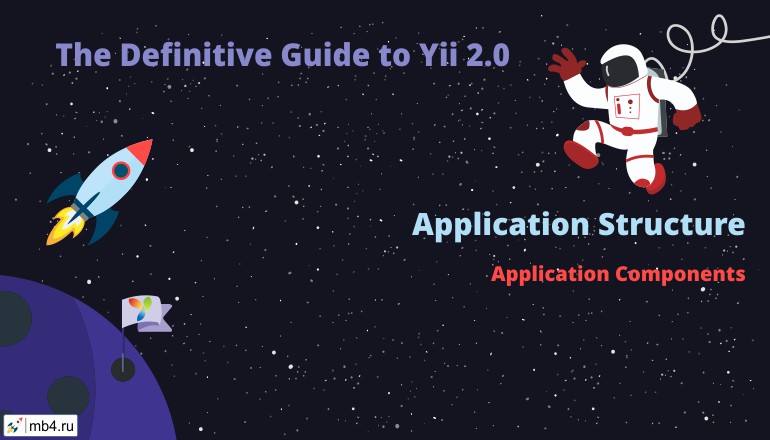
- Details
- Parent Category: The Definitive Guide to Yii 2.0
- Category: Application Structure





